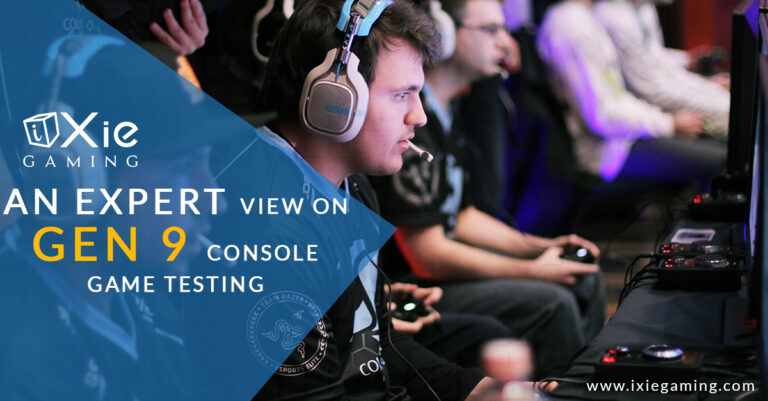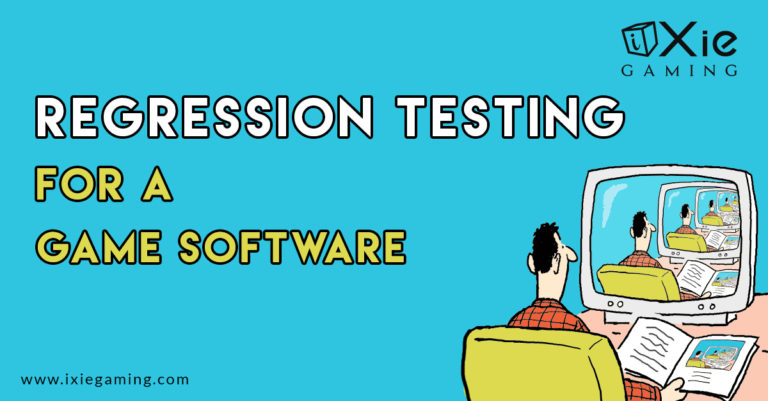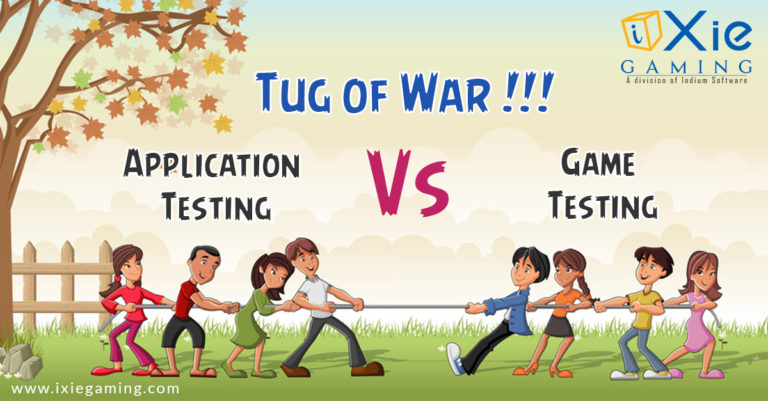Despite the ever-evolving popularity of gaming consoles, the Nintendo Switch stands out as one of the most versatile and beloved platforms for gamers of all ages. Its unique ability to seamlessly transition between handheld and docked modes and its diverse library of games has solidified its position in the gaming industry. However, ensuring your game runs seamlessly on the Switch requires thorough testing and optimization. Therefore, testing Nintendo Switch games is not a walk in the park.
So, how do you navigate Nintendo Switch game testing? Join us as we explore the intricacies of testing Nintendo Switch games, ensuring optimal performance and compatibility.
Understanding the Nintendo Switch
Before we dive into the testing procedures, it’s vital to understand the software and hardware architecture of the Nintendo Switch. The Switch is powered by custom NVIDIA Tegra X1 hardware and runs on the Nintendo Switch operating system, which is based on the FreeBSD kernel. The games are usually built using engines such as Unreal Engine and Unity. These engines are optimized specifically for the Switch’s capabilities.
Preparing for Testing
Before you start testing your Nintendo Switch game, it’s crucial to set up the required infrastructure. This includes acquiring the hardware, such as the Nintendo Switch console, controllers, and other peripherals needed for specific games. Also, the game development and testing team should have access to development kits offered by Nintendo. These kits provide performance analysis and debugging tools, facilitating the testing process.
Types of Testing
Developers and testers can consider various approaches to testing their Nintendo Switch games. These testing approaches include:
1. Exploratory Testing
As the name suggests, exploratory testing is about exploring the game from the end-user perspective. Simply put, it’s all about intuition and curiosity. This approach to testing offers a hands-on experience of the game. Testers experience the game like the players would but with purpose and a keen eye for detail.
Exploratory testing helps uncover the sneaky bugs that may slip through a more structured testing approach. For instance, when playing the game, you may experience issues that may not be apparent with other testing approaches. During an exploratory session, you may encounter a bug that causes your game to crash. Even worse, you may realize that the crash results in data loss, where your game assets vanish into thin air. During structured testing, you may realize the crashing incident but fail to recognize the post-crash effects. Therefore, exploratory testing can help capture the unpredictable incidents that can make or break the player’s experience.

2. Functionality Testing
In a more structured testing approach, functionality testing is vital in Nintendo Switch game testing. This form of testing evaluates the basic functions, including gameplay mechanics, menus, controls, and user interfaces. Testers ensure that all features work as intended. Also, they identify any bugs or glitches that may affect the player experience. The outcome? A functional game that delivers an exceptional gaming experience.
3. Compatibility Testing
Another critical type of testing worth performing on your Nintendo Switch game is compatibility testing. This involves testing your game with various Switch models and firmware versions in the market. It helps ascertain that your game runs smoothly across diverse configurations. Testers verify compatibility with various Switch models, system software versions, and other accessories.
4. Performance Testing
Ensuring your Nintendo Switch game performs optimally is crucial to its success in the market. During performance testing, assess various performance aspects of your game, including overall stability, loading times, and frame rates. Evaluate how the game performs in different scenarios, such as docked mode, handheld mode, and multiplayer sessions.
5. Network Testing
Network testing is crucial if your Nintendo Switch game has online multiplayer or connectivity features. Therefore, you should assess network factors that may affect its performance. These factors include latency, network stability, bandwidth requirements, and match-making functionality. Evaluating these factors ensures players enjoy a smooth online gaming experience. This enhances their overall satisfaction.
6. Localization Testing
If you intend to release your Nintendo Switch game in multiple regions, localization testing is crucial. It helps ensure that all text, audio, and cultural elements are accurately translated and adapted for the target audience. Also, it enables testers to verify the game’s compliance with regional standards and regulations.
Best Practices for Testing Nintendo Switch Games
Here are some best practices to consider when testing Nintendo Switch games to ensure effective and high-quality games for the Switch:
Early and Iterative Testing
Testing is often considered in the later game development stages. This makes it difficult and costly to identify and fix issues in the game. Fortunately, embracing early and iterative testing can help address this challenge. Testing your Nintendo Switch game early in the development process enables you to identify issues sooner and allows for timely resolution.
Comprehensive Test Coverage
Thorough testing is crucial when it comes to Nintendo Switch games. It ensures your game’s functionality and performance are thoroughly tested. Therefore, when testing, cover all aspects of your game, including audio, graphics, gameplay mechanics, and online features.
User Feedback
Collect and analyze feedback from real users through playtesting and beta testing sessions. This feedback provides valuable insights into the gameplay experience. Also, it helps identify areas of improvement, enabling developers and testers to prioritize fixes and enhancements.
Documentation and Communication
Maintain detailed documentation of test cases, bugs, and results. Also, ensure clear communication between developers, testers, and other stakeholders. This will help address issues effectively and promptly. The outcome? Seamless testing ensures your Nintendo Switch delivers a smooth gaming experience.

Final Thoughts
Testing Nintendo Switch games is crucial to ensuring they deliver exceptional gaming experiences and meet users’ expectations. Therefore, it requires meticulous attention to detail and a thorough understanding of the platform’s capabilities. Embracing various testing strategies like exploratory, compatibility, and functionality testing can help ensure the game is bug-free and delivers a smooth gaming experience. Also, it’s crucial to consider various best practices, such as early and iterative testing and ensuring comprehensive test coverage to help deliver an optimal gaming experience for Switch users worldwide.
However, if you’re struggling to navigate the complexities of Nintendo Switch game testing, partnering with an experienced game QA partner like iXie would be a great idea. With over a decade of experience in Nintendo game testing, we understand the do’s and don’ts of Nintendo game testing. So, why wait? Partner with us today to level up your Nintendo game testing experience!
FAQ’s
Developers and testers can consider various approaches to testing their Nintendo Switch games. These testing approaches includes
- Exploratory Testing
- Functionality Testing
- Compatibility Testing
- Performance Testing
- Network Testing
- Localization Testing
Here are some best practices to consider when testing Nintendo Switch games to ensure effective and high-quality games for the Switch:
- Early and Iterative Testing
- Comprehensive Test Coverage
- User Feedback
- Documentation and Communication
Challenges include hardware compatibility issues, performance optimization, and adherence to Nintendo’s strict certification requirements. Effective communication, collaboration, and thorough testing can help overcome these challenges.
Testers should adhere to non-disclosure agreements, respect intellectual property rights, and maintain confidentiality regarding game content and development processes.






